For those thinking about starting a podcast or those looking to change their podcast equipment, the name Blue Yeti may have crossed your orbit at some point or another. If you’re on the fence about this microphone, let our Blue Yeti review help you make up your mind.
Castos is a participant in the Amazon Services LLC Associates Program. We may earn commissions from your purchases on Amazon.com, though at no cost to you.
What is the Blue Yeti?
The Blue Yeti USB microphone is definitely not a studio-quality microphone but that doesn’t mean it’s not worth investing in, especially if you’re new to podcasting. It’s a plug-and-play USB microphone from the Blue Microphones line that typically doesn’t require much setting up.
In other words, you won’t require a separate audio interface, which may relieve a lot of newbies out there, as those can be quite pricey. Just connect the Blue Yeti to your PC or laptop via a USB cable and you’re ready to start recording.
As we said, it’s not the best in terms of overall sound quality but it’s well-built and versatile enough to facilitate the recording of a podcast without needing a complex setup.
Types of Blue Yeti Microphones
There are four main types of Blue Yeti microphones that podcasters can choose from, the standard or base Blue Yeti, the Blue Yeti X, the Blue Yeti Nano, and the premium option, the Blue Yeti Pro. In this Blue Yeti review, let’s take a brief look at the differences between them:
Standard Blue Yeti
The standard (or base) Blue Yeti mic is essentially the opposite of the Blue Yeti Pro. It doesn’t come with as many bells and whistles as the Pro and is significantly less expensive. However, it does its job well and is very easy to use, making it an ideal piece of equipment for a new podcaster to start recording with.
Blue Yeti X
The Blue Yeti X is an updated version of the standard Blue Yeti. The primary difference between the two versions is the newer controls and light customization options. Truth be told, if already own the standard Blue Yeti, then there isn’t much reason for you to “upgrade” to the X.
Blue Yeti Nano
This version was specifically designed for broadcasting. Despite being marginally less expensive than the original Blue Yeti, it actually has a higher bit rate. In addition to that, it only comes with two proprietary condenser capsules, whereas, the standard one comes with three. Other than that, it doesn’t differ much from the other Yeti Microphones.
Blue Yeti Pro
As with most pro models of any device, the Blue Yeti Pro provides a better experience overall. This means higher audio quality and a higher price tag. It’s made from quality parts and is the most likely of the Yeti microphones to give you clear sound without you having to move things around too much.
Grow Your Audience with Castos
Castos gives you all the tools and expert guidance you’ll need to create an incredible podcast that will make a lasting impression for your brand.
How Much Does The Blue Yeti Cost?
Our favorite part of this Blue Yeti review is the price.
High-end microphones can easily cost you well over $1,000 without an audio interface, and no, the third zero is not a typo. The standard Blue Yeti will set you back a mere $129.99, which is significantly less than $1,000.
Granted, USB mics generally always cost less and won’t necessarily give you studio-quality audio but the Blue Yeti certainly can put up a fair fight against a lot of expensive microphones. If you’re feeling frivolous with your finances, you could get yourself the Blue Yeti Pro pro for $249.99, which is also an incredibly reasonable price considering what you get for it.
Blue Yeti Features
A Blue Yeti review wouldn’t be complete without an overview of the features. Considering how much it costs, the Blue Yeti comes with a number of features that can help enhance the overall quality of your podcast:
- Desktop application – The Blue Sherpa app is a free desktop program that lets users control key microphone settings such as polar patterns, gain, and volume.
- Headphone jack – Blue Yetis have a built-in 3.5 millimeter and a dedicated headphone volume knob.
- Gain knob – With the gain control dial you can easily change how sensitive the microphone is. This is particularly useful as it eliminates the need for one to have to use software to do this.
- Plug and play – Plug and play is one of the features that make the Blue Yeti USB microphone such a popular option. Unlike other microphones, you won’t need to install any software, drivers, or mixers to start using a Blue Yeti microphone. Just connect it via the included cable and start recording.
- Mic stand – The included mic stand allows you to easily adjust the position of the microphone so that you’re comfortable when recording.
- Polar pattern dial – For those who don’t know, polar patterns or pickup patterns are the directions from which a microphone will pick up and block audio. Blue Yeti microphones have dials that can let you select polar pattern options and effectively choose the recording method that best suits your setup. Users can choose between omnidirectional mode, bidirectional mode, stereo mode, and cardioid mode.
- Mute button – This is a feature that most USB mics don’t have. Blue Yetis have a built-in mute button so that they only pick up audio when you want them to. This is made even better by the LED indicator which tells you the microphone’s mute status.
- Size – The Blue Yeti is a relatively small USB microphone but it still has a nice weight to it, owed largely to the quality materials used to construct it. The downside of this is that it might not be compatible with a third-party stand.
Compatibility
This plug-and-play USB microphone can be used on both Windows and Mac systems. Mac systems should be running Mac OS X or above and Windows systems can be running Windows XP or above.
Setting Up the Blue Yeti
Because it’s a USB mic, most of your setting up is done when you plug it into a viable USB port. Once you’ve done that, your computer will automatically detect the recording device and you’ll be able to use it in any program or platform that requires a microphone.
Beyond that, it’s primarily a matter of finding the best position for your USB mic. Start off by finding a recording room that is free of echoes and general noises. Position the microphone vertically and directly in front of you, around 4 to 10 inches away. It’s best to position Blue Yeti mics on the boom mic stands that they come with.
You then have to choose between the polar patterns. Blue Yetis allow you to choose between four polar patterns:
- Stereo – This setting provides clear separation on the left and right channels but it’s best suited to those that are recording music.
- Cardioid – Podcasters should generally stick to the cardioid pattern, as it picks up sound from the front and will typically produce the best sound quality.
- Bidirectional – The bidirectional setting will pick up sound from the opposite sides of the mic. If you intend on interviewing people during your podcast, then this setting might be the most viable.
- Omnidirectional – This mode picks up sound from all directions but the recording may sound distant. The omnidirectional mode should only be selected when sound quality isn’t a major concern.
Pros and Cons of the Blue Yeti USB Microphone
If you’re still undecided at this point in our Blue Yeti review, then here’s a look at some of the advantages and disadvantages of investing in a Blue Yeti microphone. Do bear in mind that some of these could largely come down to individual preferences. Nonetheless, here are some things to consider:
Pros
- Price – This is generally the basis upon which most people start their search for a microphone. A Blue Yeti microphone will make audio recording easy and gives you a relatively inexpensive setup that performs well for the price.
- Versatility – Given that it has three condenser capsules, the Blue Yeti has more pickup patterns than your average USB microphone, thus allowing you to record in a variety of situations.
- Features – Having a whole host of dedicated controls such as a headphone volume knob, gain adjuster, and mute button can go a long way due to the convenience they offer while recording podcasts.
- Design – Blue Yetis have a sturdy design that does a good job of amalgamating the features of modern and classic microphones.
- Sound quality – Again, not studio quality but for the price it’s hard to complain about or criticize the audio that this USB microphone produces.
- Portability – The Blue Yeti isn’t a very big microphone and all you have to do is plug it into a USB port for it to work. Although the lack of a battery may frustrate some who may prefer a standalone recorder.
Cons
- Tethered to one mic – The problem with most USB microphones is that you’ll often find yourself restricted to using one microphone at a time, which can make recording a podcast with interviewees a bit complex.
- Sensitivity – Blue Yetis have a tendency to pick up on unwanted sounds, so you may have to purchase additional accessories such as a shock mount to counteract this.
- Expensive accessories – The Blue Yeti does come with a stand, however, it may not be suitable for everyone’s setup. This may mean having to purchase accessories for it, which generally don’t come cheap.
Is The Blue Yeti Right For You?
If you’re a content creator who doesn’t relish the idea of having to toy with a mixer then the Blue Yeti might be the microphone you’ve been looking for.
It’s well below the cost of a dedicated mic and audio interface, offers decent audio quality, and doesn’t require expert knowledge to operate.
This could also come down to where you are in your podcasting journey. If you’re just starting out, then the standard Blue Yeti or Blue Yeti X may be best for you. If you’ve been in the game for a while, then it might be time to start using the Pro or something even better. On the other hand, if your budget doesn’t restrict you, then just go straight for the Pro.
Final Thoughts
Overall, it’s safe to say that Blue Microphones have done a good job. Their Yeti line provides a good opportunity for content creators to produce high-quality content without having to break the bank.
At the end of the day, it’s important to remember that the Blue Yeti is a USB microphone and thus has its limitations. However, even the base version is packed with numerous features and it still does a good job of producing quality sound, which is hard to complain about considering the price tag.
If you’ve enjoyed this Blue Yeti review, then be sure to check out our list of the best XLR and USB microphones for podcasters and the best livestreaming microphones. If you have something that you strongly feel needs to be said about the Blue Yeti mic then let us know in the comments section.
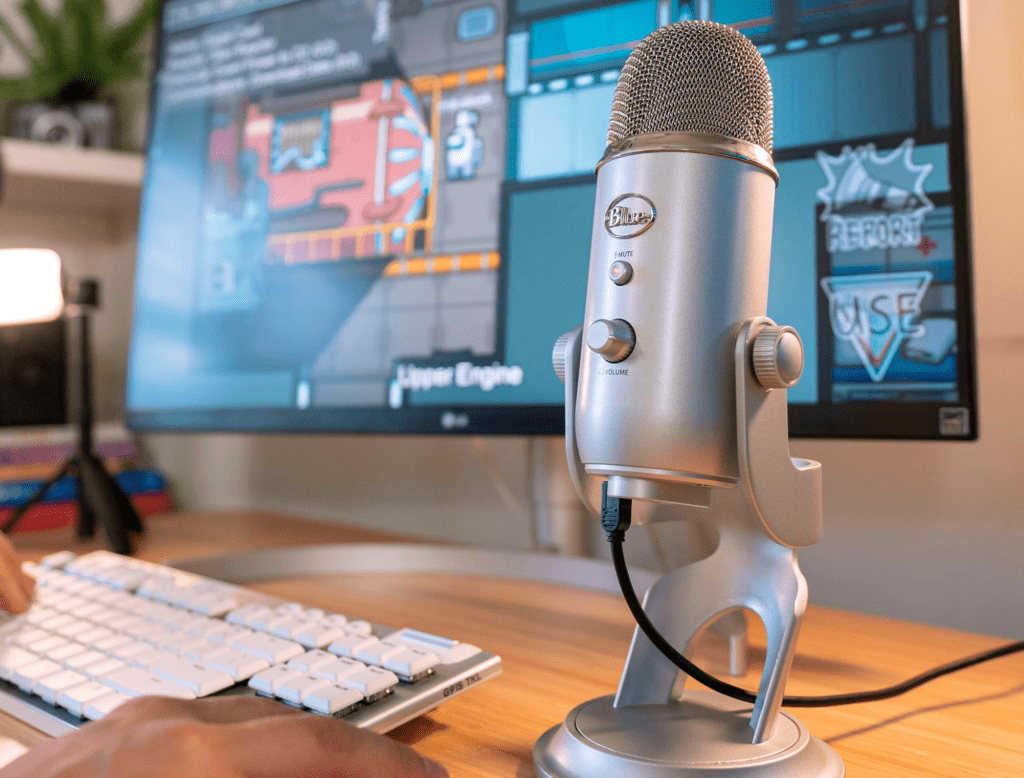
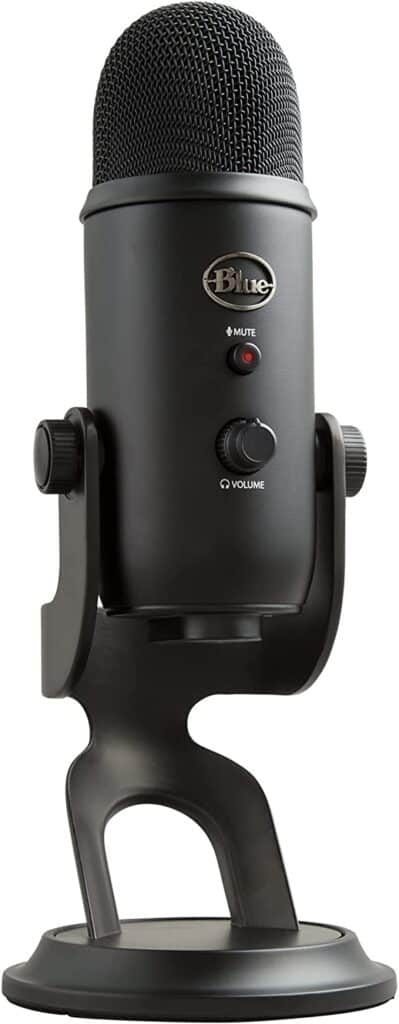

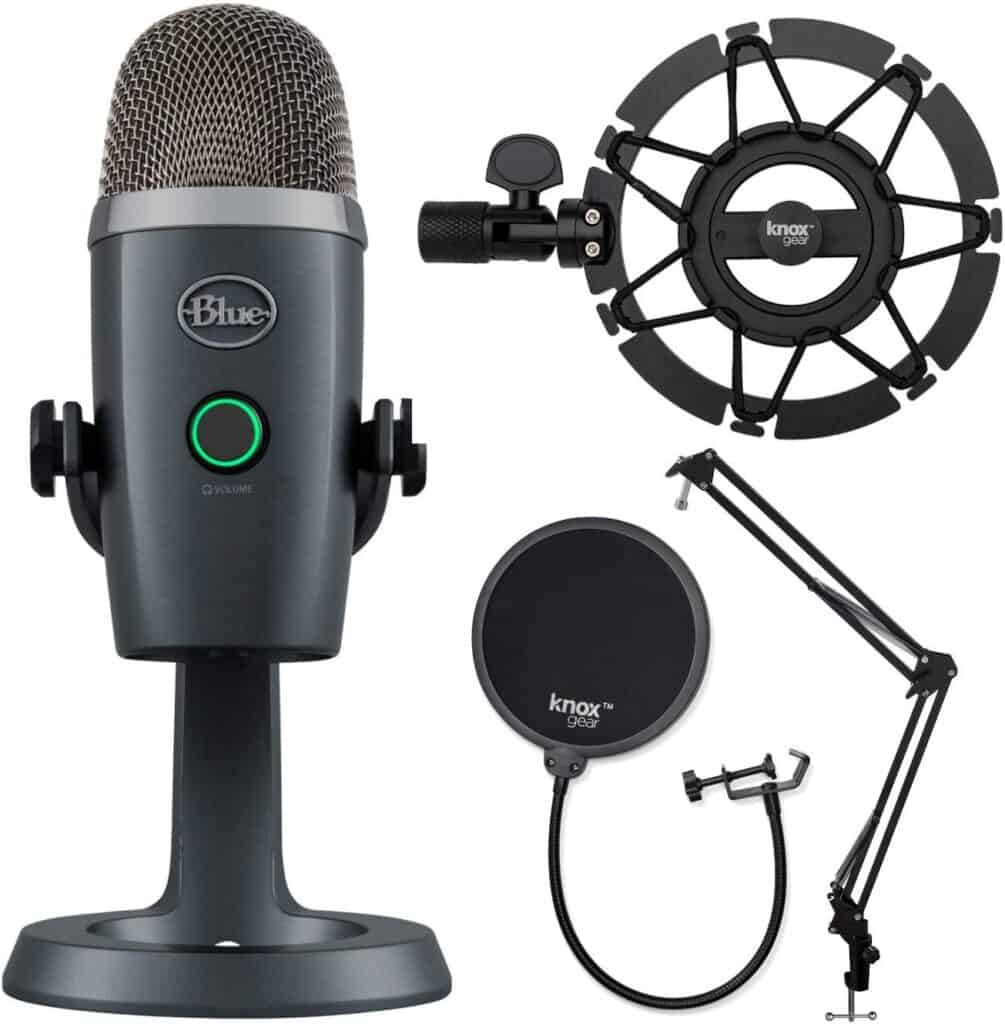
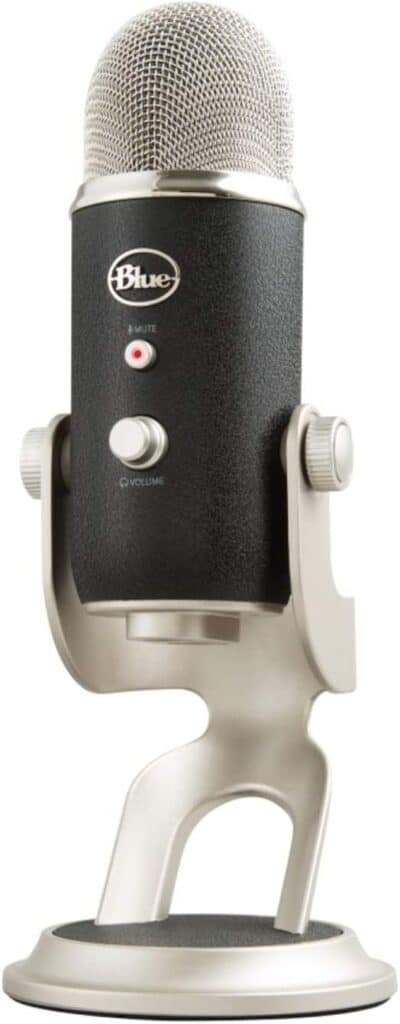



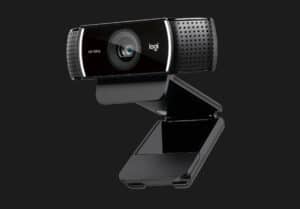

The mic is one thing, the software it uses – Logitech G Hub – is horrible. Forums are full of folks fighting this bloated buggy mess. It’s great when it works, but often won’t load and de-installing and re-installing is extremely difficult. And that often needs to happen after each minor MacOS update. I would avoid this Mic because of the software alone.
This is nutty advice. Although you can pay a grand for a podcast mic there is no need. The Shure SM7B is the standard. That runs you about $350. The standard vocal microphone is the Shure SM58. This is a good mic. It has been used for decades. It will run you less than $100. The question that this article should have tried to answer is how does the Blue Yeti fit into the microphone scene. it does have some advantages.
Honestly, I’m a podcast manager, and I don’t have any problem with this microphone with a few exceptions: if you want an easy to use microphone, this is not it. Hands down the most common issue I’ve seen is 1. People setting it up backwards (side profile mic issue) 2. Setting the polar pattern wrong 3. Being blown out for lack of any level indicators on the mic.
After doing this for years, not once have I ever seen or heard of anybody using the different polar patterns on a regular basis. It just causes problems.
Avoid this mic, not for sound quality, but for all the other issues surrounding it